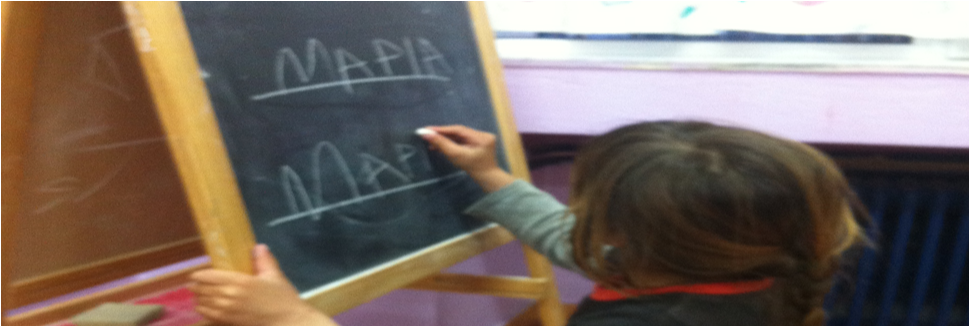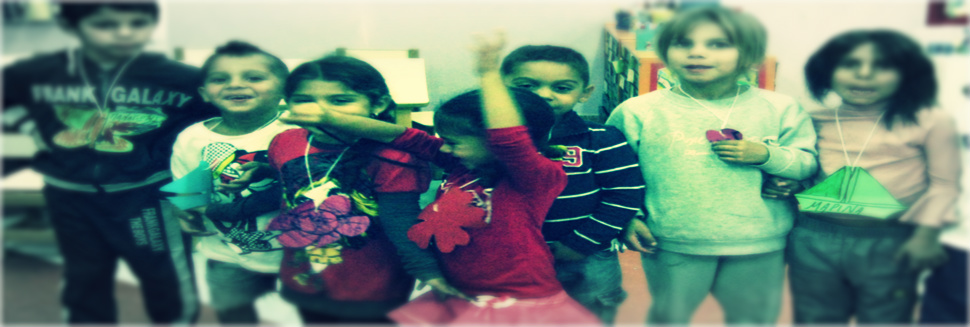Piloting in Hungary
Realisation of the problem
- According to the legal regulation in Hungary every child should participate in pre-school education after they become 5 years old, at least for one year before they start their primary school education. Here they are prepared for the school life.
- It is a usual problem in Roma families that they don’t want to bring their children to the kindergarten.
- Research has shown that one of the main reasons for the low educational performance can be the absence of pre-school education.
Solution
- To solve the problem a local level collaboration was formed.
- A „pre-school team” was formed from the teachers of the kindergarten and the primary school, Roma helpers, the staff member of the FSFCA. We also contacted the family support services, and the health visitor network
- Their base was that at first they should convince the families, that it is important for their children to get the necessary pre-school education in the kindergarten, or the pre-school centre.
The organisation of the pre-school centre
- The Roma Teaching & Training project gave us the perfect opportunity to involve those children to the pre-school education who didn’t participated previously.
- We contacted those families where there were problems previously and invited them to participate in the project. We introduced the project to the parents. (leaflets, posters, meeting with the parents)
- It was a big help that the NGO and our afternoon school centre has a good reputation in the village.
Selecting the staff members
Three experts participated in the implementation of the project:
- the trainer who is an expert in the education of children in pre-school age and assisted the operation of the centre during the whole time of the implementation
- two intercultural intermediators (one Roma and one non-Roma), who organize and supervise the activities of the pre-school centres, they consult with the trainer on a daily basis
Selecting the venue of the centre
- We chose the community house of the NGO as the venue of the implementation as some of the older siblings of the children also participate in the different activities here
- Later we had to move because of a technical reason, and we moved into the building of the local kindergarten.
- We can say that this was even better for the aim of the project, as this helped the integration of the children with their future school mates
Purchase of the equipment
We purchased the necessary equipments and tools from the budget of the project:
-the equipments necessary to receive the children (tables, chairs, shelves, toys, books, development tools)
-the development tools for the children were selected so that they fit to the understanding and abilities of a 5-6 year old child, and to fit the aims of the methodology
-the visual tools used for the activities were partly bought and partly handmade by the intermediators, sometimes together with the children
-equipments for the technical implementation of the project (copy machine, laminator, etc.)
Development of the methodology
-In the Roma T&T project the aim of the partners were to develop a common methodology, that all the countries can adopt
-In September 2012 in a transnational meeting the partners discussed the subjects, and the methodologies used
-After returning to Hungary the trainer and the two intercultural intermediators prepared the activity plan for the children together
- So that the children will be able to integrate better to their future school mates, it is important that we use a methodology that reflects the local specialities that is used by the local kindergarten: project methodology
- The substance of this methodology that it breaks up the subjects to smaller parts, than build it up and moves toward the bigger, more comprehensive themes. The fulfilment of this process is the project day, when we look through all the topics we learned in an organised way. There is a project day after every subject.
- We developed the plan of the subjects according to this method
- There was always some overlap among the activities in the different subjects, so that there will be a connection among them, that helps the development of the children better
- We built up the structure of the subjects according to this idea (interoperability among subjects) So there were games, poems in the different subjects that came back, so that the new subjects will connect to the previous ones
- According to the project methodology we prepared the last four topics and project days in a way so that they will contain in a complex way all the knowledge and abilities that the children already learned
-During the last events we visited all the four partner countries:
Hungary
Greece
Spain
Italy

















